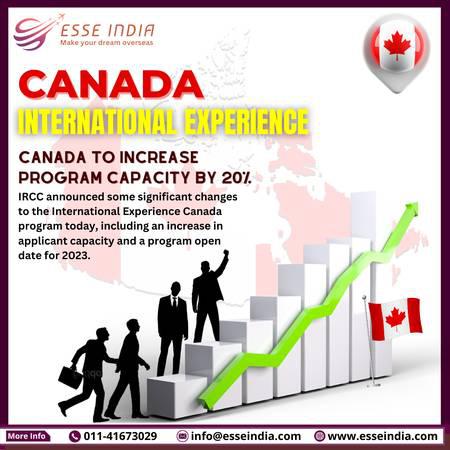India (All cities)
Data shows IRCC is continuing to reduce the number of applications that do not meet service standards. New data obtained from Immigration, Refugees and Citizenship Canada (IRCC) reports that Canada’s immigration backlog has dropped to just over 2.2 million. Current Inventories The citizenship inventory stands at 314,630 applicants as of November 30, compared to 331,401 on October 31. The permanent residence inventory stands at 512,342 people as of December 2, compared to 506,421 as of November 3. Also on December 2, the temporary residence inventory stood at 1,416, 125 people, compared to 1,537,566 persons as of November 3. Therefore, there were reductions in two of the three major categories, with the biggest reduction in the temporary residence inventory. Express Entry and PNP inventories As of December 2, there are 43,326 applications for Express Entry programs waiting in the queue, an increase of over 3,500 since November 3 data, which stood at 39,589. Among the total people applying for Express Entry programs, there has been an increase of nearly 5,000 applications for the Canadian Experience Class over the past month. IRCC resumed holding rounds of invitations for Express Entry candidates from all programs in July this year. Draws were limited to the candidates in the Provincial Nominee Program (PNP) between September 21, 2021 and July 6, 2022 due to IRCC struggling to meet its service standard of six months or less for Express Entry applications. The pause in Express Entry invitations to Federal Skilled Worker Program (FSWP) and Canadian Experience Class candidates enabled IRCC to reduce the Express Entry inventory and the department is back to its six month service standard for those who have received a permanent residence invitation since July 6. The PNP has an inventory of 62,343 total applications (both base and enhanced combined). Family class inventory The inventory for all family class immigration programs has dropped slightly to 127,091 compared to November 3 when it was 128,112. The Spouses and Partners sponsorship program is among the largest inventories among all lines of business, at 62,106, a minimal increase compared with November 3. The Parents and Grandparents Program (PGP) has an inventory of 53,770 persons compared to 55,653 persons waiting for decisions in November. Service standards IRCC’s webpage that tracks the total inventory of applications shows that as of October 31, 1.2 million applications are considered backlog. Data from September 30 showed that there were 1.5 million applications in backlog, meaning that IRCC cleared over 350,000 applications from the backlog. This comes while the number of applications in inventory has risen for permanent residency. An application in backlog means it has not been processed within service standards. These standards provide the expected timeline, or goal, for how long it should take to process an application. The service standard is different from the actual amount of time that IRCC takes to process applications. Applications not processed within the service standard for their program are categorized as backlog. IRCC aims to process 80% of applications across all lines of business within service standards. The service standard varies depending on the type of application. For example, a permanent residence application through an Express Entry program has a standard of six months. It is longer for other economic class lines of business. IRCC states its service standard for spousal and child family class sponsorship is 12 months. Temporary residence applications have service standards that range between 60-120 days depending on the type of application (work or study) and if it was submitted within Canada or from abroad. Tackling the backlog The department reports that between January and October 2022, they produced 4.3 million final decisions for permanent residents, temporary residents and citizenship compared to 2.3 million final decisions in the same period last year. IRCC aims to have a less than 50% backlog across all lines of business by the end of March 2023. To help meet this goal, the department began the transition towards 100% digital applications for most permanent resident programs on September 23, with accommodations made for those who are unable to apply online. This transition also includes citizenship applications, which are now 100% online for all applicants over the age of 18. IRCC is aiming to make all citizenship applications digital by the end of this year, including those for minors under 18.






